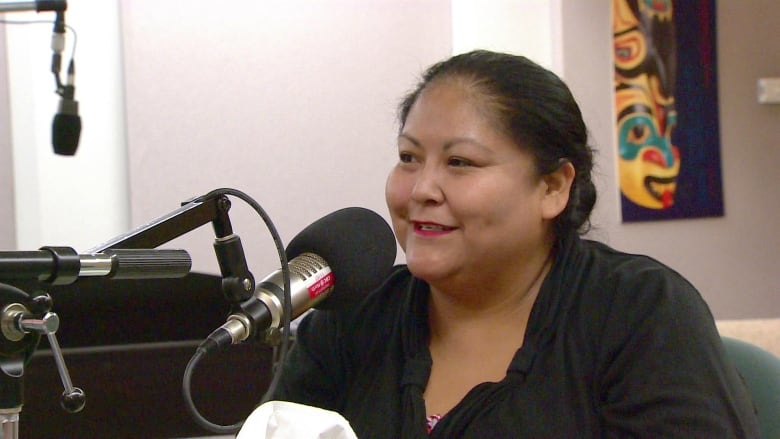Northwestern Canada: Indigenous lawyer and former federal candidate Melissa Atkinson dies

Melissa Atkinson, Yukon’s first Indigenous Crown prosecutor, a former chair of the Yukon Human Rights Commission, and federal NDP (centre-left) candidate, has died.
Atkinson, who described herself as “a very proud Yukoner,” was a lawyer of Han, Kaska Dene, and Tlingit heritage and a Tr’ondek Hwech’in First Nation citizen.
In a news release on Friday, the Yukon NDP referred to Atkinson’s death as “sudden,” but gave no details.
“Melissa was many things to many people: a daughter, a lawyer, an advocate, and a friend. She will be missed,” the statement reads.
Atkinson was chosen by the Yukon NDP riding association to run in the 2015 federal election. It was her first time running for public office.
“I had issues to the status quo and that’s why I stepped in to take this position,” she said after accepting the NDP nomination. “I’m willing to listen, first and foremost.”

In the end, though, Atkinson finished third in the 2015 election, behind Conservative Ryan Leef and Liberal Larry Bagnell.
“It is what it is,” she said, after Bagnell was elected MP. “I started this campaign in a positive way, and it was about putting that faith in the people. They have spoken.”
Trailblazer and role model
Before jumping into politics, Atkinson was already a known trailblazer. She was one of the first Indigenous women in Yukon to earn a law degree, in 1999. She went on to become a Crown prosecutor in Yukon, and sat as president of the Yukon branch of the Canadian Bar Association.
“Melissa was a special, selfless individual and a role model for youth,” said Tr’ondek Hwech’in First Nation Chief Roberta Joseph in a statement on Friday.
“It’s always sad when we lose a citizen — it’s even sadder to lose a young person like Melissa — but we are thankful for all she’s done for our people and all Yukoners.”
In an article she wrote for the Canadian Bar Association’s website last September, Atkinson described how she decided as a teenager that she wanted to be a lawyer. She also wrote of her pride in her Indigenous identity, and how it helped shape her 20-year career.
“I have learned many lessons along the way and the central one is to be a proud, strong, educated Indigenous female lawyer practising law through my Indigenous lens. Like many of my elders before me, I have learned to be brave and a bit fearless,” she wrote.
She also wrote about facing discrimination and misogyny in her work, and how committed she was to seeing more young Indigenous women follow in her footsteps.
“I hope one day I can see someone that looks like me across the court as a fellow ‘friend’ in the courtroom, or maybe in my lifetime I can say I appeared before an Indigenous woman on the bench. I have hope,” she wrote.
Related stories from around the North:
Canada: New Supreme Court justice brings deep experience of Arctic, Indigenous issues to Canada’s highest court, Radio Canada International
United States: Tara Sweeney becomes first Indigenous Alaskan to head U.S. Indian Affairs, Alaska Public Media



